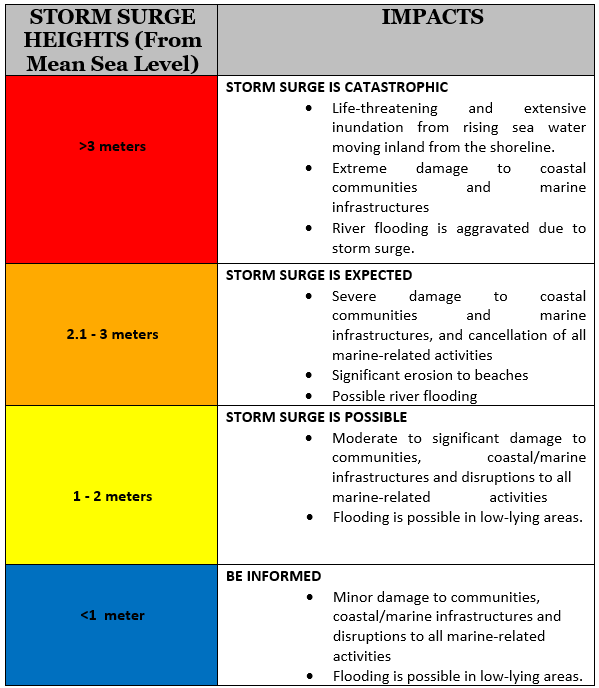(Also known as “Daluyong ng Bagyo”) is the abnormal rise in sea level that occurs during tropical cyclones or “bagyo”. It is caused by strong winds and low atmospheric pressures produced by tropical cyclones. As the tropical cyclone approaches the coast, strong winds push the ocean water over the low-lying coastal areas, which can lead to flooding. This makes storm surges very dangerous.
Storm surge becomes more dangerous when it arrives on top of a high tide. When this happens, it may flood areas that otherwise might have been dry or safe. On top of the storm surge, big and strong waves generated by powerful winds also comes with it.
PAGASA considers several technical factors when predicting the negative impacts of a storm surge. For storm-surge prone communities, the most important considerations are:
1. The strength of the Tropical Cyclone
2. The height of the surge, and
3. The community is located in the low-lying area
Expectedly, the only way to minimize the drastic effects of a storm surge is for community members to always check for weather updates, pro-actively prepare for things to come and, as needed, to evacuate to a high ground when called for mandatory evacuation.
One-on-One Interviews
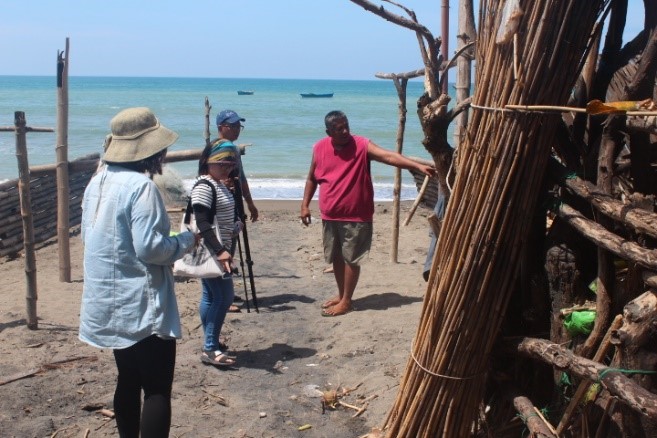

Measuring Water Level Heights
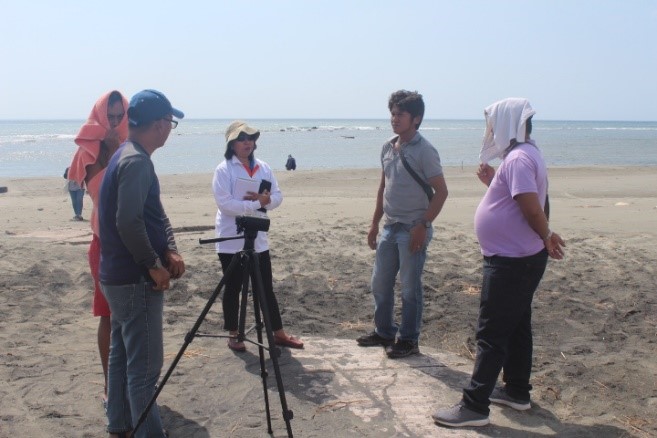
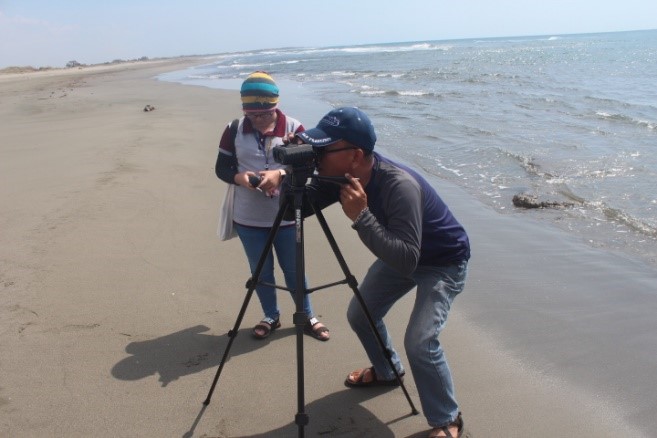
Storm Surge Impacts
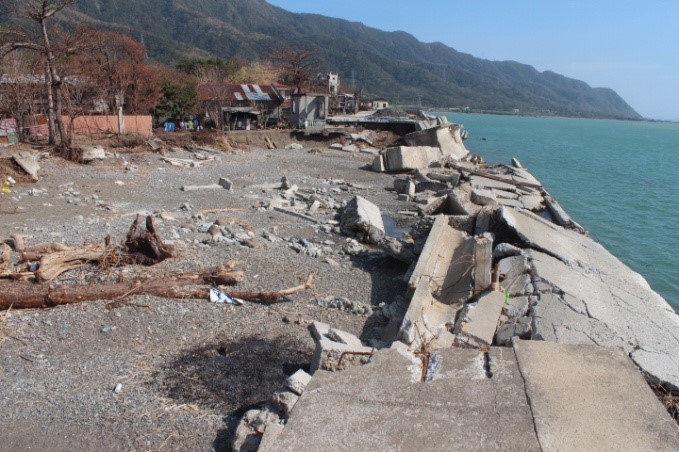
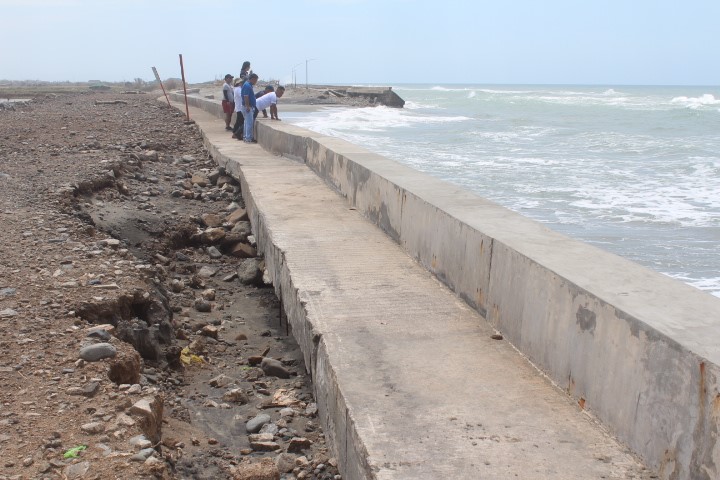
1. During tropical cyclone events, always be on the updates of the tropical cyclone advisories, alerts or warnings which PAGASA disseminates:
- Listen to the local news (TV and radio)
- Follow PAGASA on:



2. Prepare at the earliest time your community has been identified as a storm surge-prone area.
- Identify the safest and quickest way to a high safe ground.
- Know the locations of concrete reinforced multi-story buildings designated by the local government for evacuation.
- Make pre-arrangements with family or friends living in higher grounds with whom you can temporarily stay with during the storm surge.
- Prepare to evacuate as soon as your Municipal Disaster Risk Reduction Management Council (MDRRMC) or your barangay officials advise you to do so.
- Bring your emergency kit.
- Switch off the electrical power supply and gas tank.

